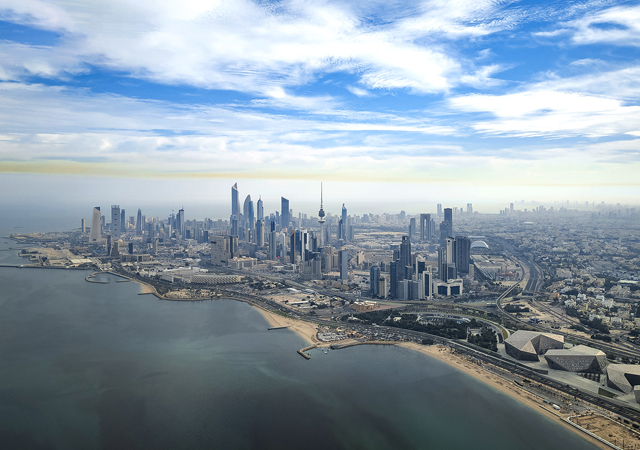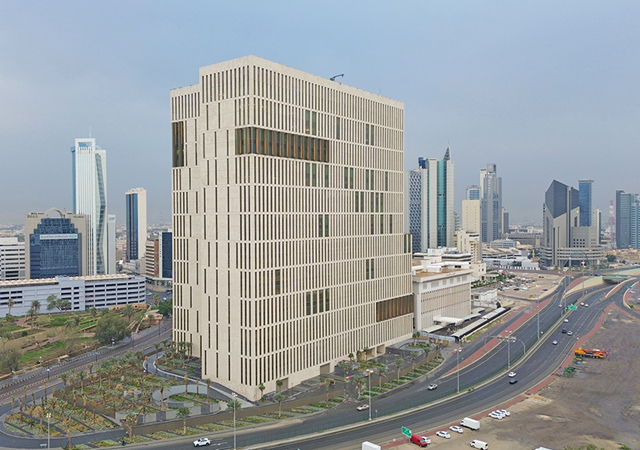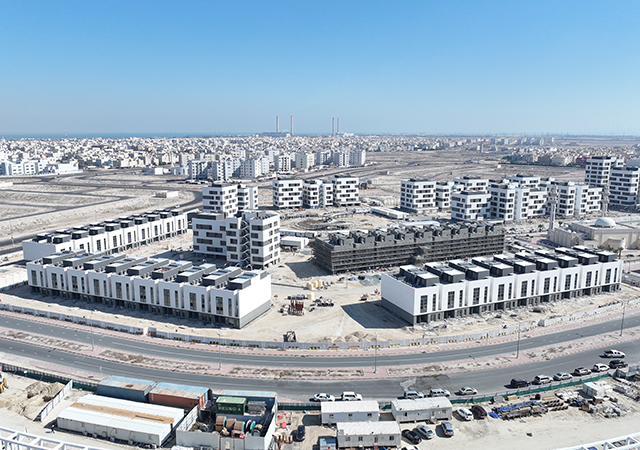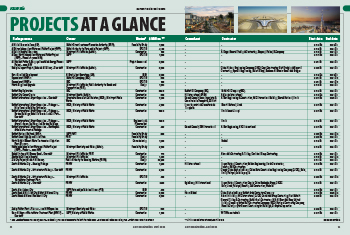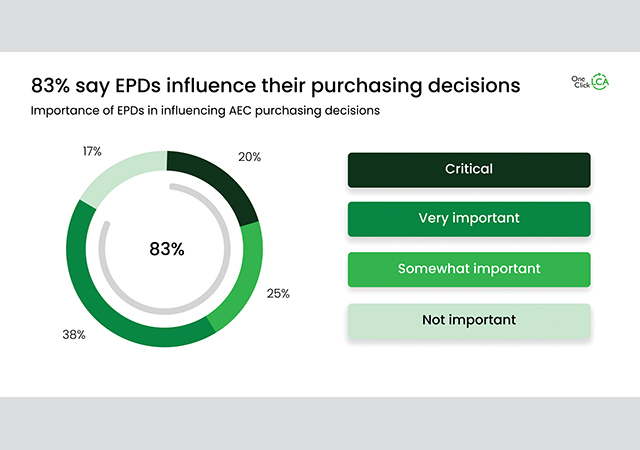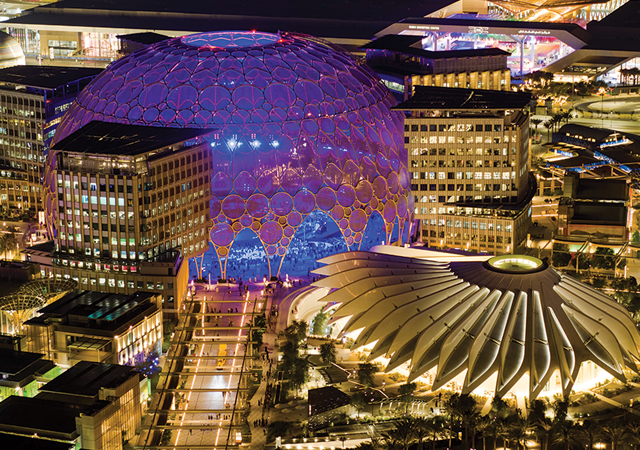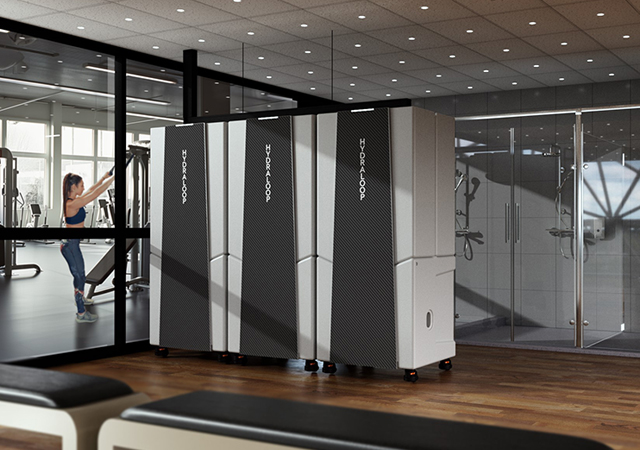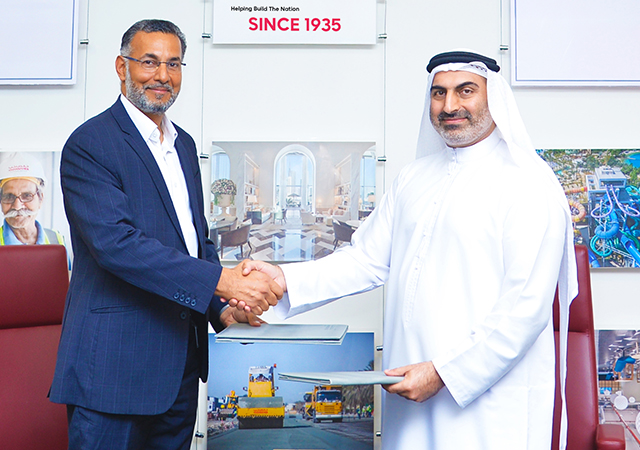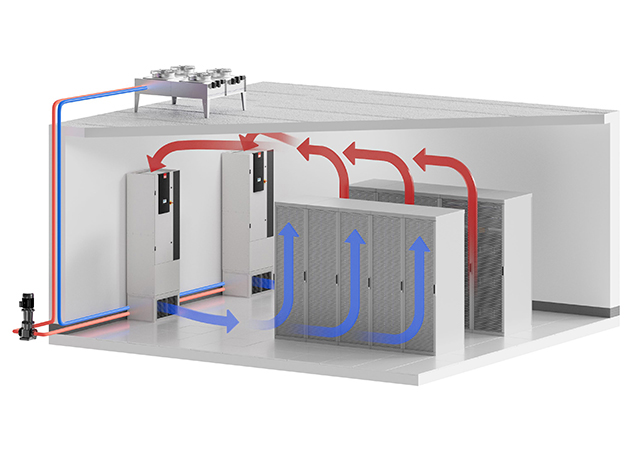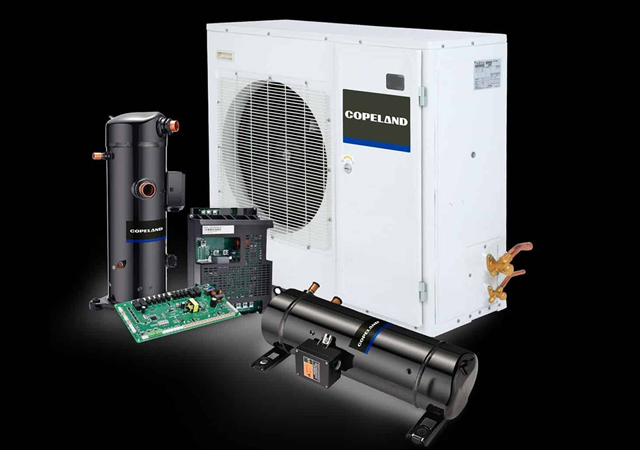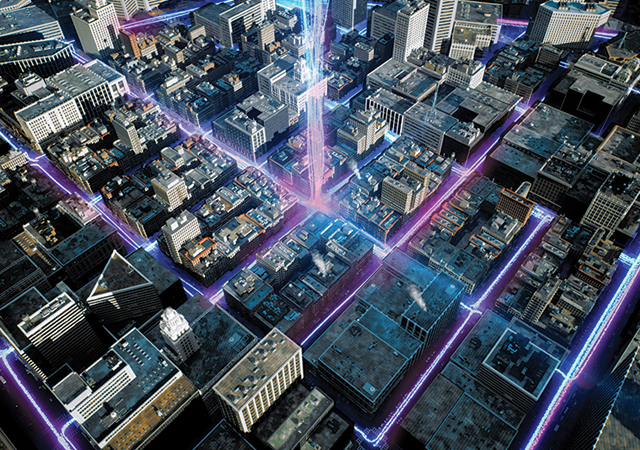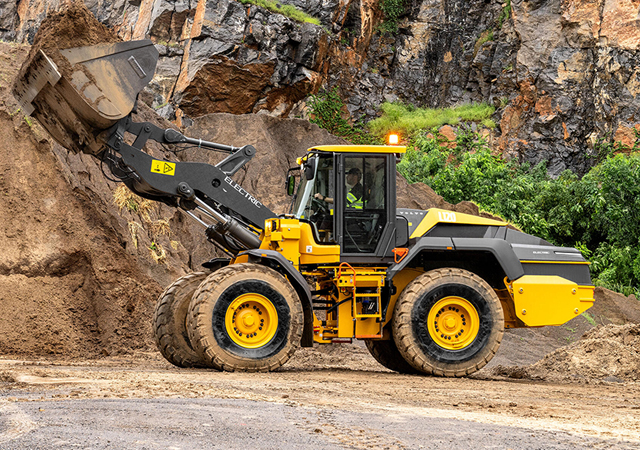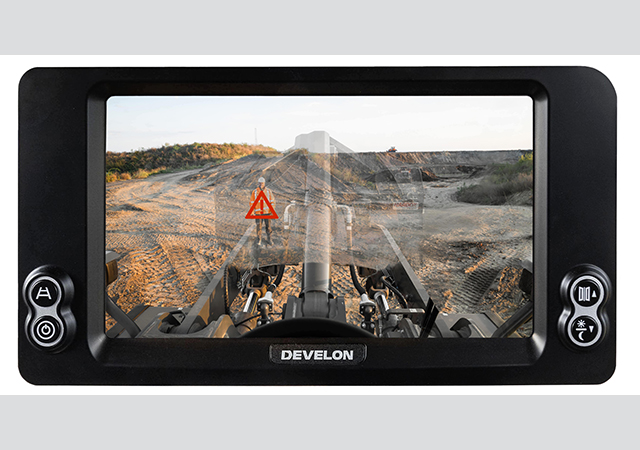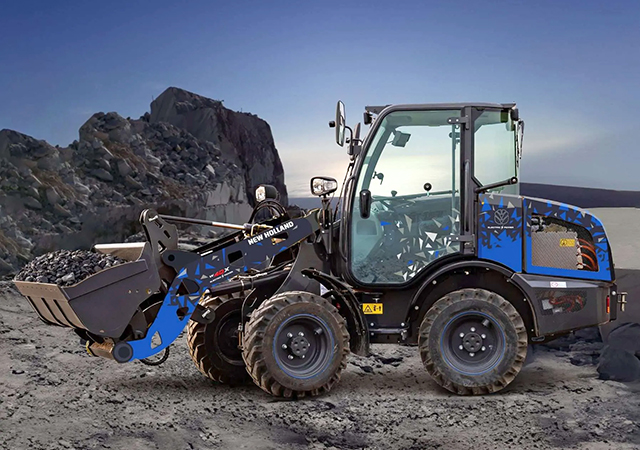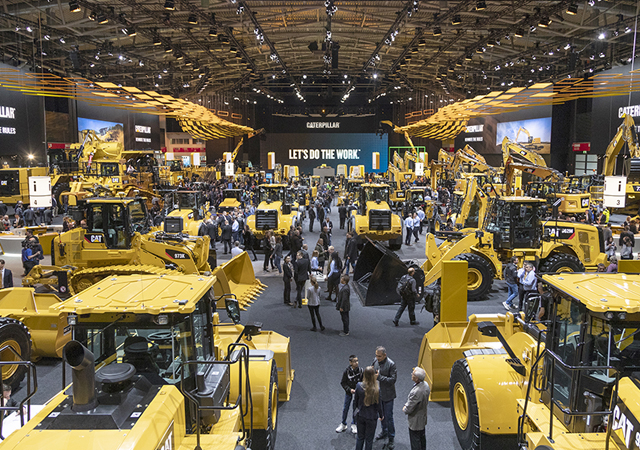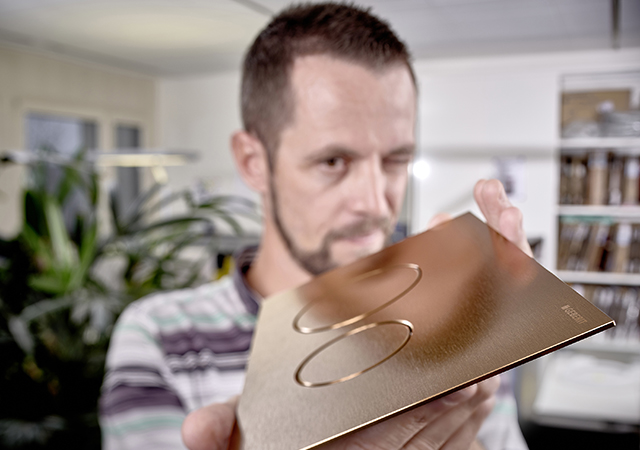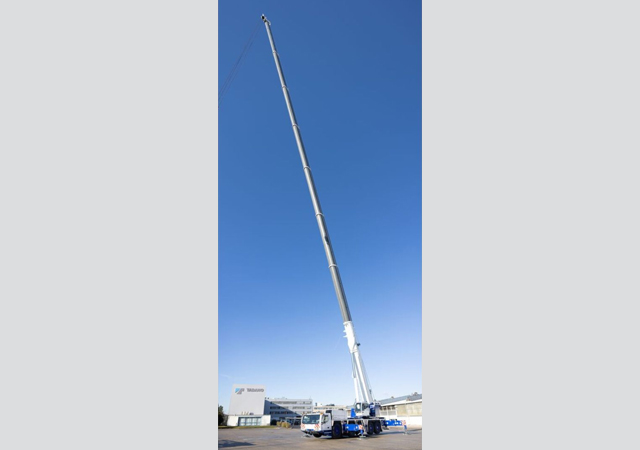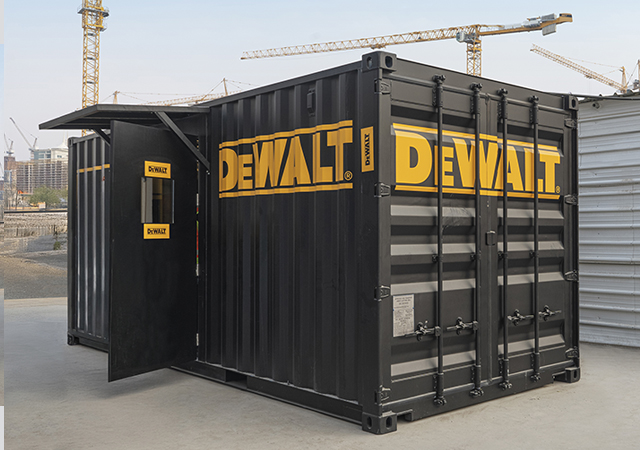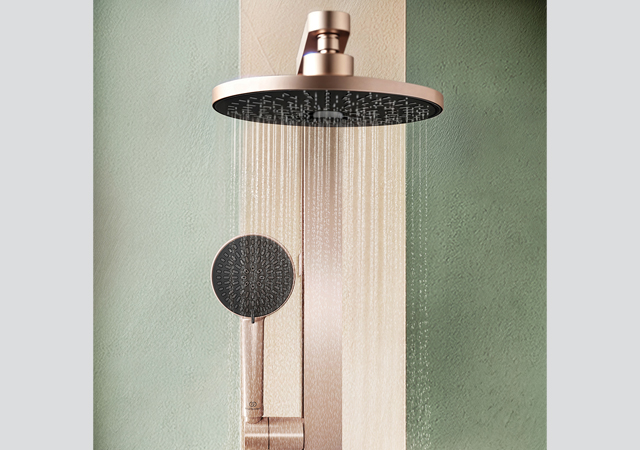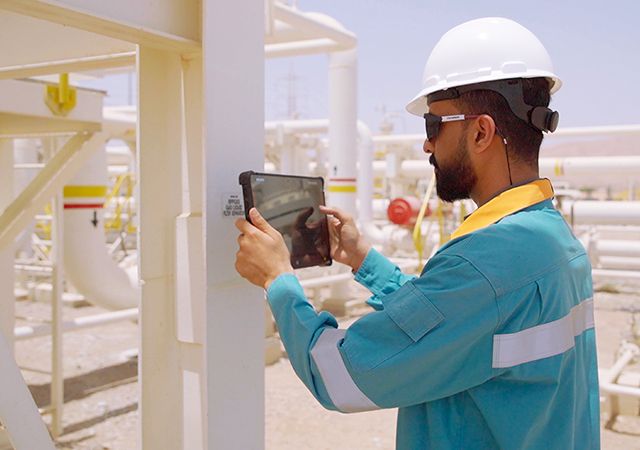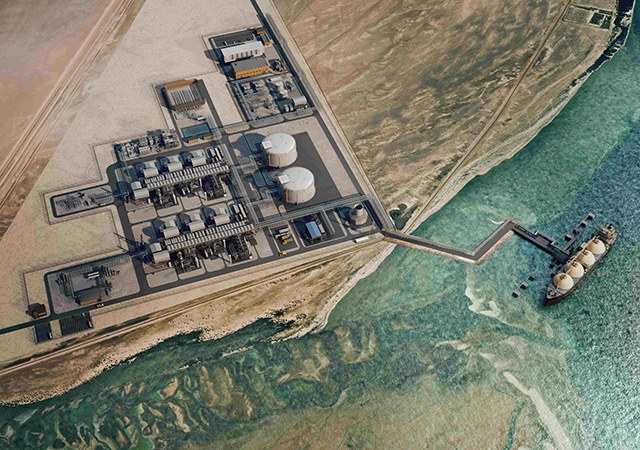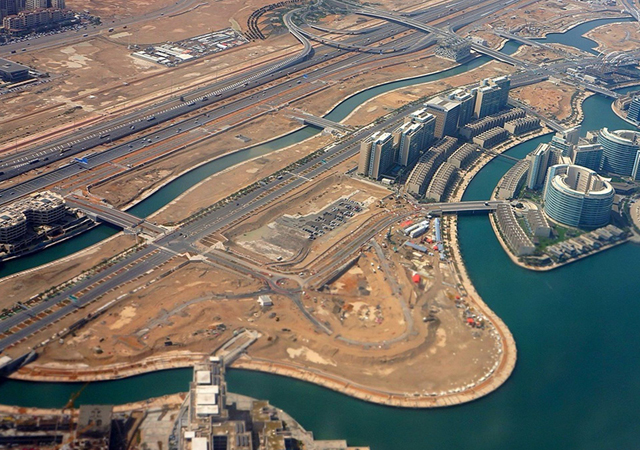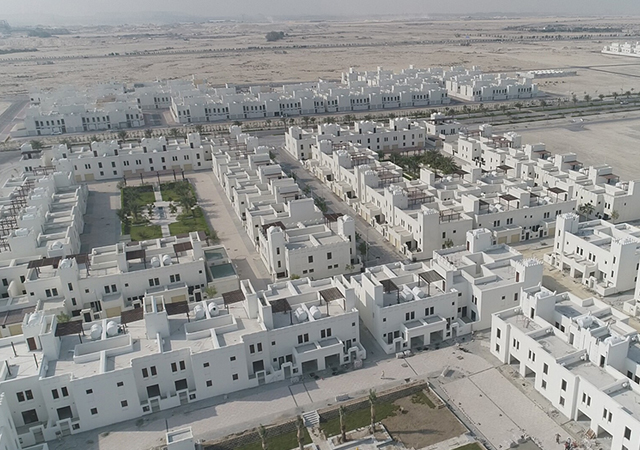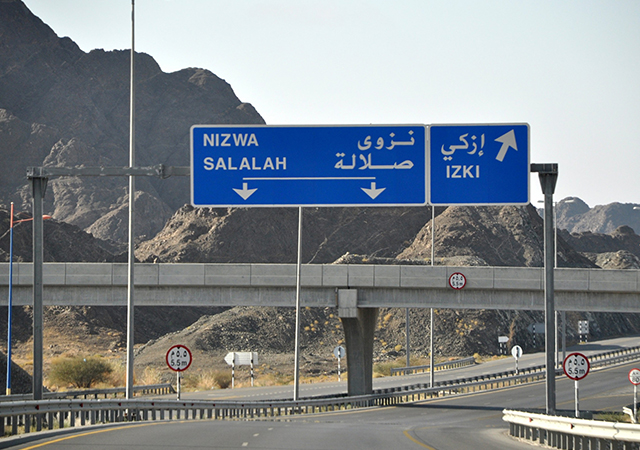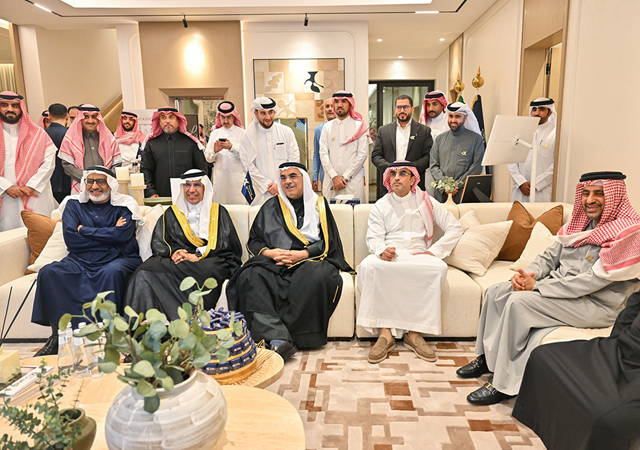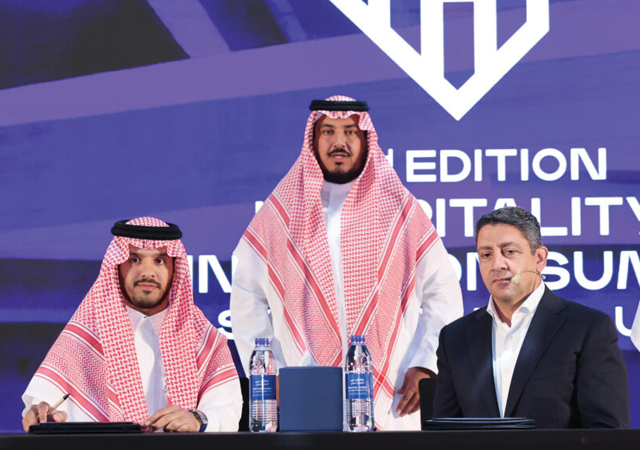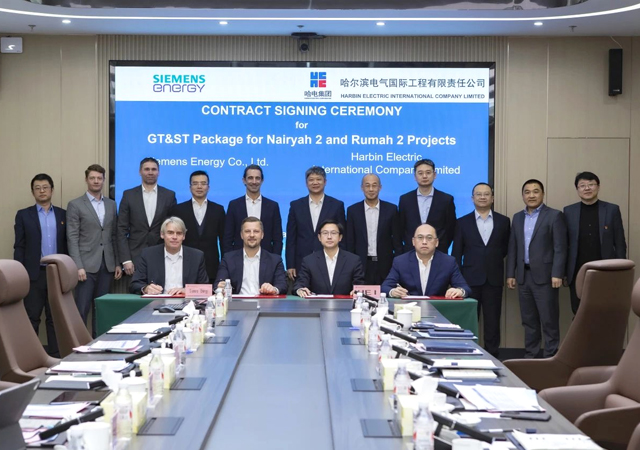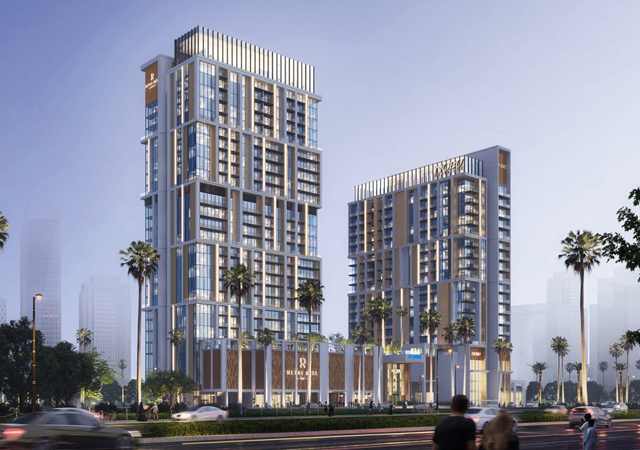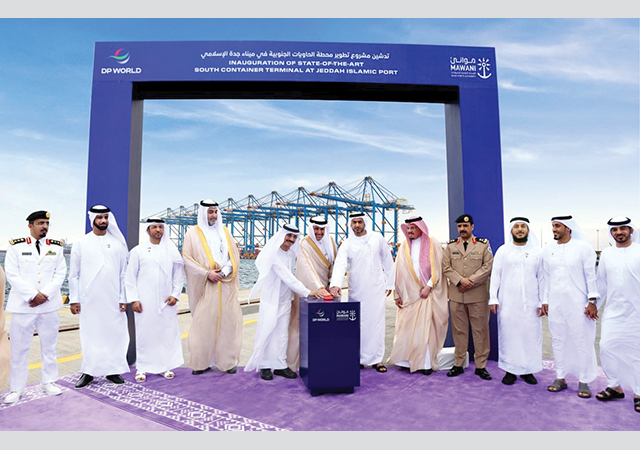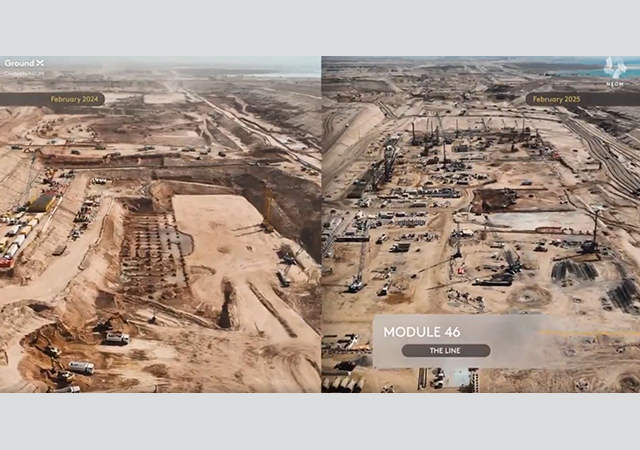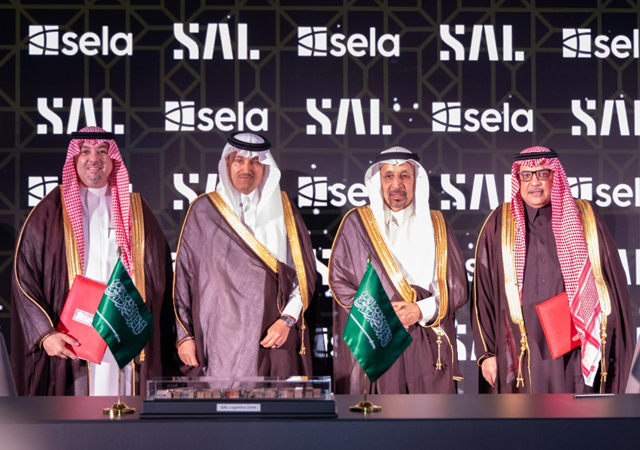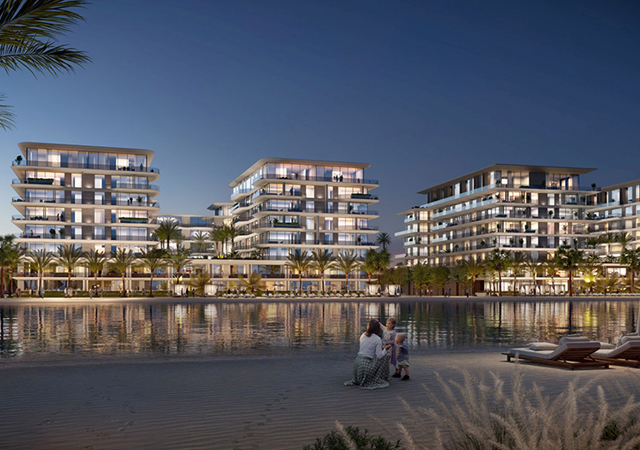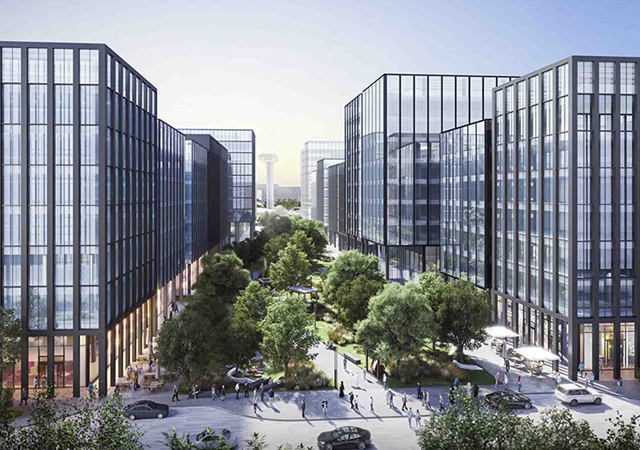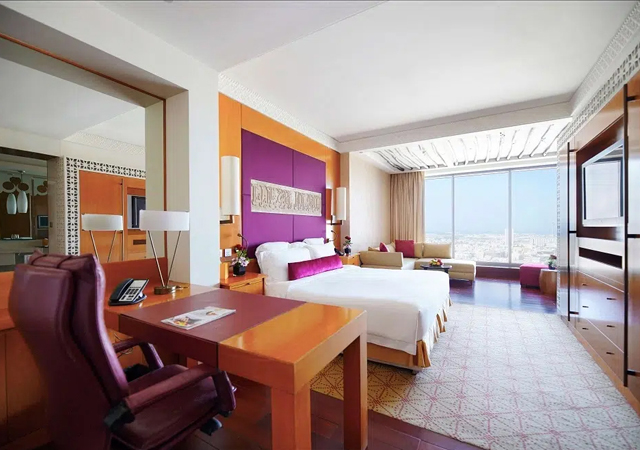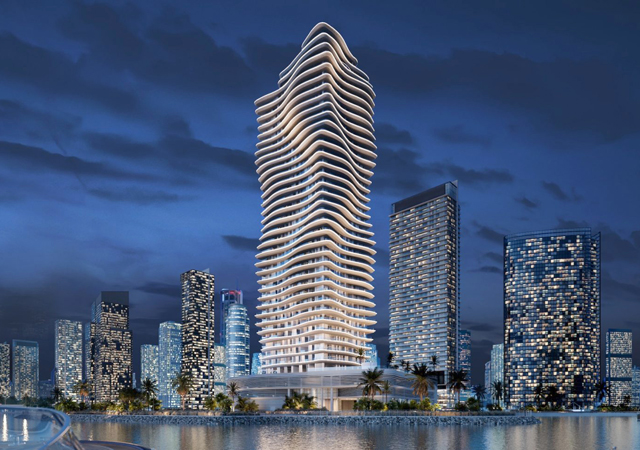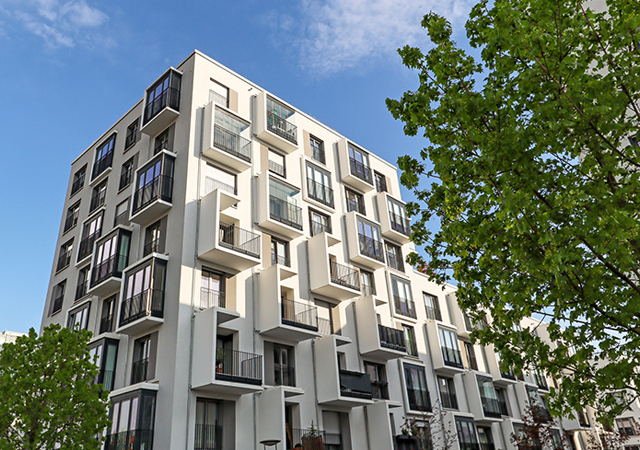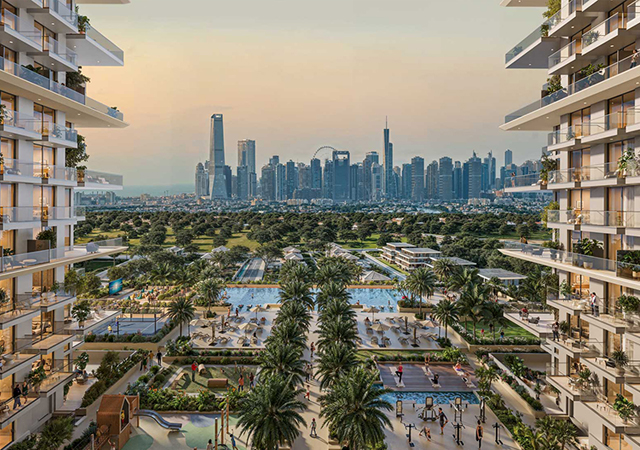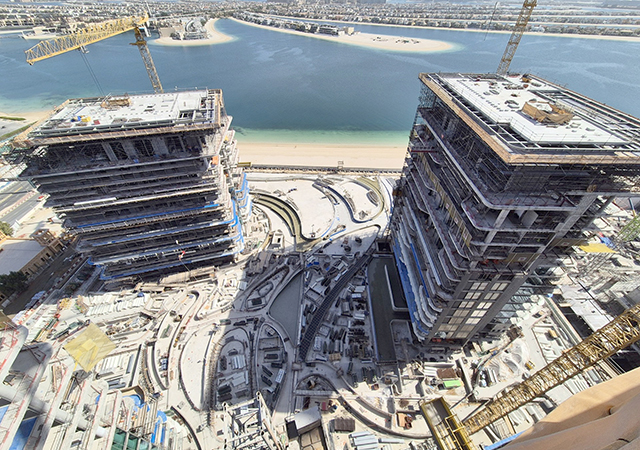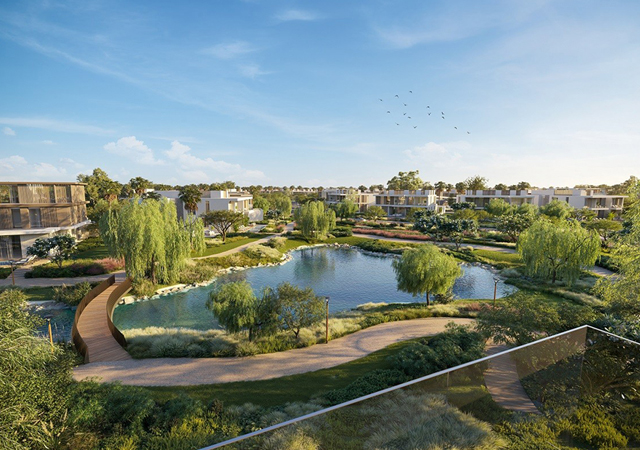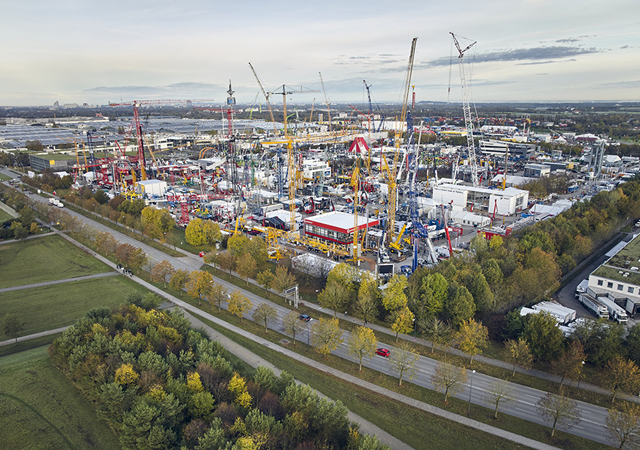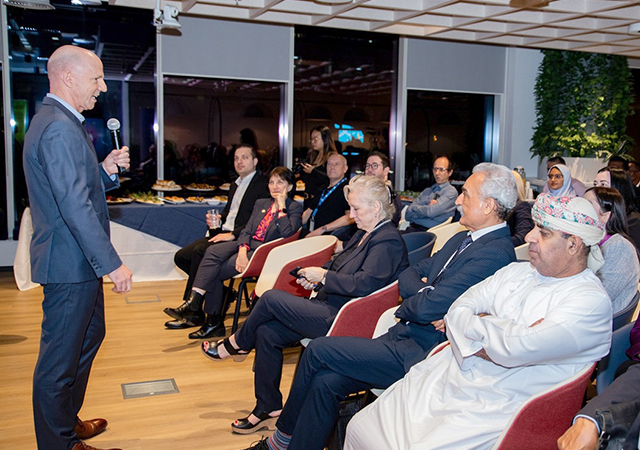
 Pest treatment ... Masa’s expertise.
Pest treatment ... Masa’s expertise.
WITH the rapid pace of industrialisation and the increased competition in the market, quality, health, hygiene and sanitation issues, and timely delivery of products are crucial to the success of industrial ventures.
One key factor in ensuring excellent standards of hygiene is effective pest control. Pests exist in larger numbers in areas of high human activity, especially in industrial, food processing areas, warehouses, ships and vessels, airports, transport stations, construction sites and amusement parks, among other areas.
Of the large variety of pests, termites – particularly the subterranean species – are the most destructive for buildings and the industrial sector, damaging properties worth millions of dollars. The most obvious indication of subterranean termite damage is the presence of a brown mud-like material, which lines the galleries in an irregular pattern, featuring ‘tunnels’ and frass. Subterranean termites are found near the ground level, although they occasionally occur above the level of first floor windows, especially in warmer areas of Saudi Arabia.
The control of termites accounts for the bulk of the pest control work over a large part in the kingdom particularly in Dammam, Jeddah and Riyadh, where most of the termite damage is caused by the subterranean species.
 |
The primary objective of the pest control specialist is to establish a chemical barrier between the termite colony, usually in the ground, and the wood in a structure. In buildings that are under construction, this is accomplished by ensuring that the wood does not come into contact with ground soil and by pre-treating the soil below the foundations with termiticide to establish a chemical barrier. A complete termite control treatment may involve any or all of the following basics steps: mechanical alteration, soil treating, foundation treating, and wood treating.
Mechanical alteration involves modifying the structure so as to provide a barrier that cannot be penetrated by termites or to eliminate conditions that are conducive to termite invasion. Use of concrete or metal barriers, removal of cellulose debris, elimination of moisture near or in the structure, sufficient ventilation of the infested areas and eliminating wood-to-soil contact are all examples of effective methods of mechanical treatment.
Soil treating consists of the application of termiticide to the soil under and adjacent to a building, to create an impervious chemical barrier. A continuous barrier should be established along the inside and outside of the foundation, under slabs and around utility entrances.
Foundation treatment is the application of termiticide to a building’s foundation to make it impervious to termites. The objective is to place termiticide in all cracks at the footings as well as through external cracks in the foundation. Treating the inside of hollow concrete block walls is another example of foundation treatment.
Wood treating is the application of insecticide directly to the wood to eliminate termite infestation or to make it termite resistant. Pressure-treated wood is frequently used in the construction of buildings and provides effective termite control if it is used for all wooden construction, at least to the level of the first floor. Spraying of insecticides on wood already in place provides only surface protection and doesn’t penetrate to the centre of the wood where it is most needed. In badly damaged wood, insecticide can be injected into the cavities made by termites.
The design of a structure does not alter the basic principle of subterranean termite control, which is creating a barrier that will prevent the entry of termites from outside the structure.
It is encouraging to see that treating buildings while under construction, both for slab-on and basement construction has become a standard procedure in many parts of Saudi Arabia.
The termiticide must be applied with thoroughness and uniformity to ensure that it provides a barrier to all entry points of termites in a lateral soil movement process, and ensures thorough soil coverage with no gaps as bound residue against recalcitrant pests. If the treated areas are not covered immediately or there is a delay in the pouring of concrete, precaution must be taken to prevent contact or disturbance of the treatment and evaporation of the solution due to high temperatures. It is advisable to cover the area with plastic sheets but not for a period exceeding 48 hours. The plastic or soil should not be removed, otherwise the termiticide barrier will not be effective and complete.
The Riyadh-based Masa Establishment for Pest Extermination, Maintenance and Contracting, a pioneer in pest control industry in Saudi Arabia, tackles all kinds of pests that affect public health and damage stored products. The company has an in-depth knowledge of the way insects live as well as the safety measures in controlling these pests, having successfully treated and saved thousands of factories, dwellings, buildings, museums, antiques and other products made of woods. Its treatment methods are based on more than 31 years of experience and dedicated services to the public and the environment.
To ensure the success and effectiveness of its treatment procedures, Masa always depends on Imidacloprid 30.5 per cent SC, a suspension concentrate formulation for termite proofing, prevention and control. This new-generation termiticide remains effective for many years following the initial treatment, depending on application, climatic condition, soil composition, moisture level, building type and secondary infestation caused by bringing termite-contaminated products into the premises. It is a water-based product and has no solvents, which prevents evaporation and controls environmental pollution.


